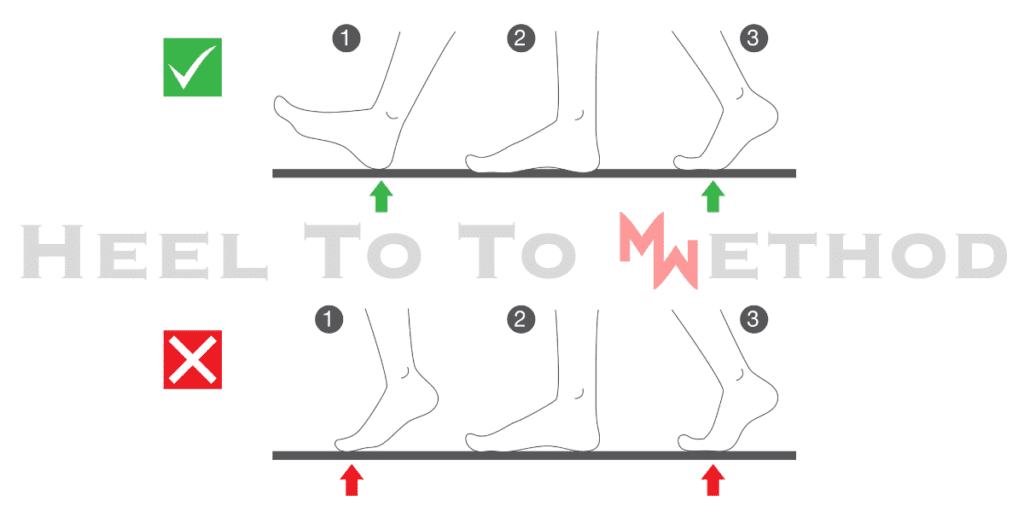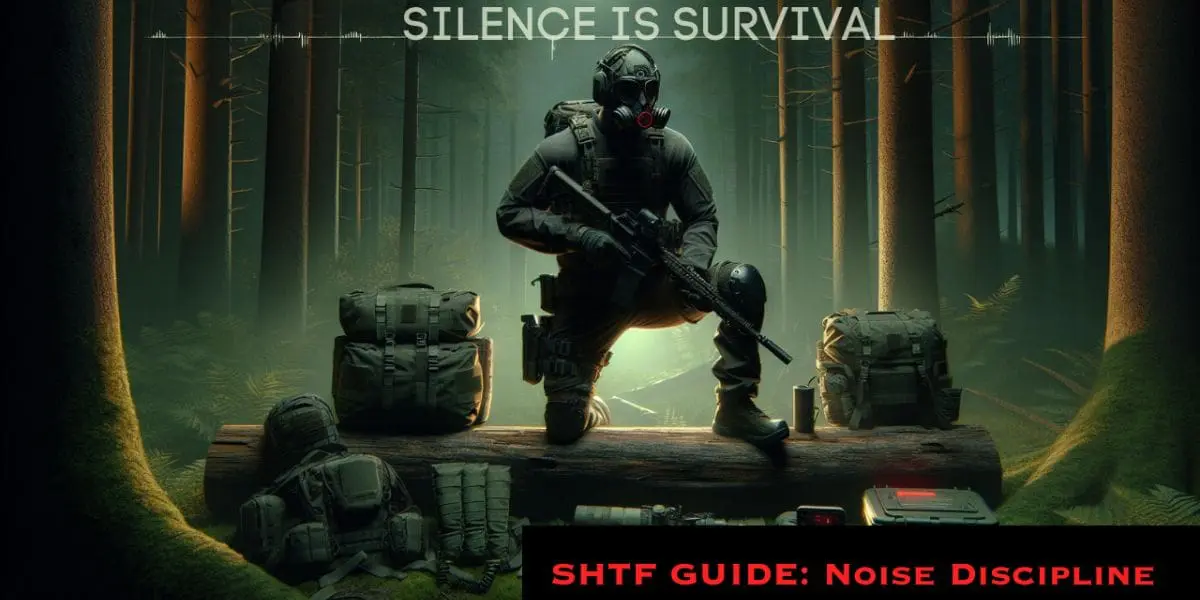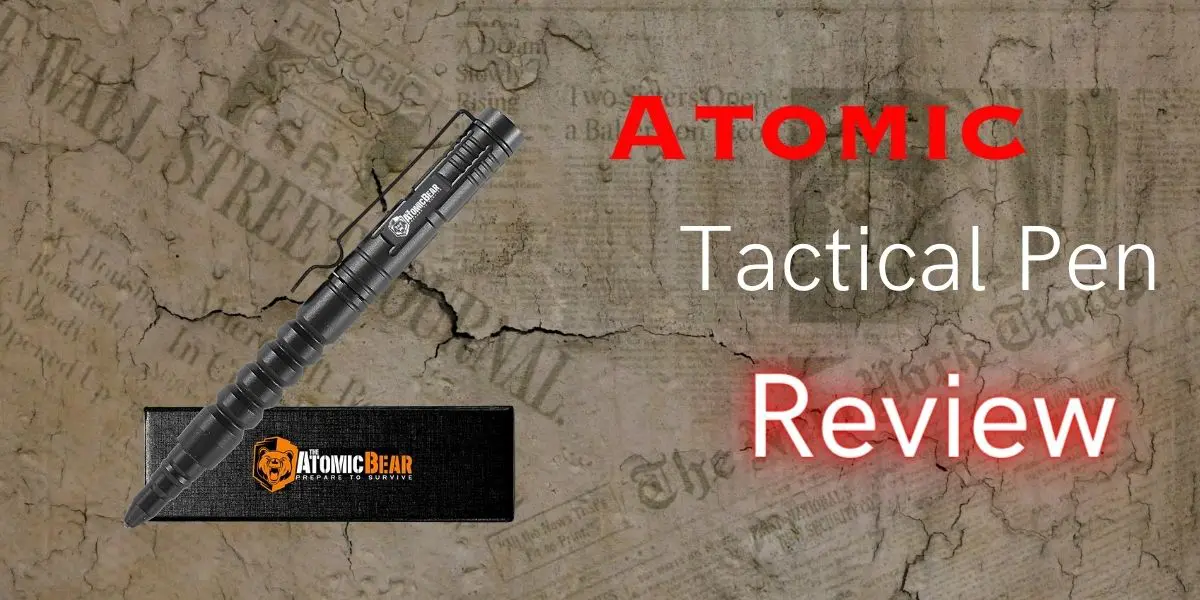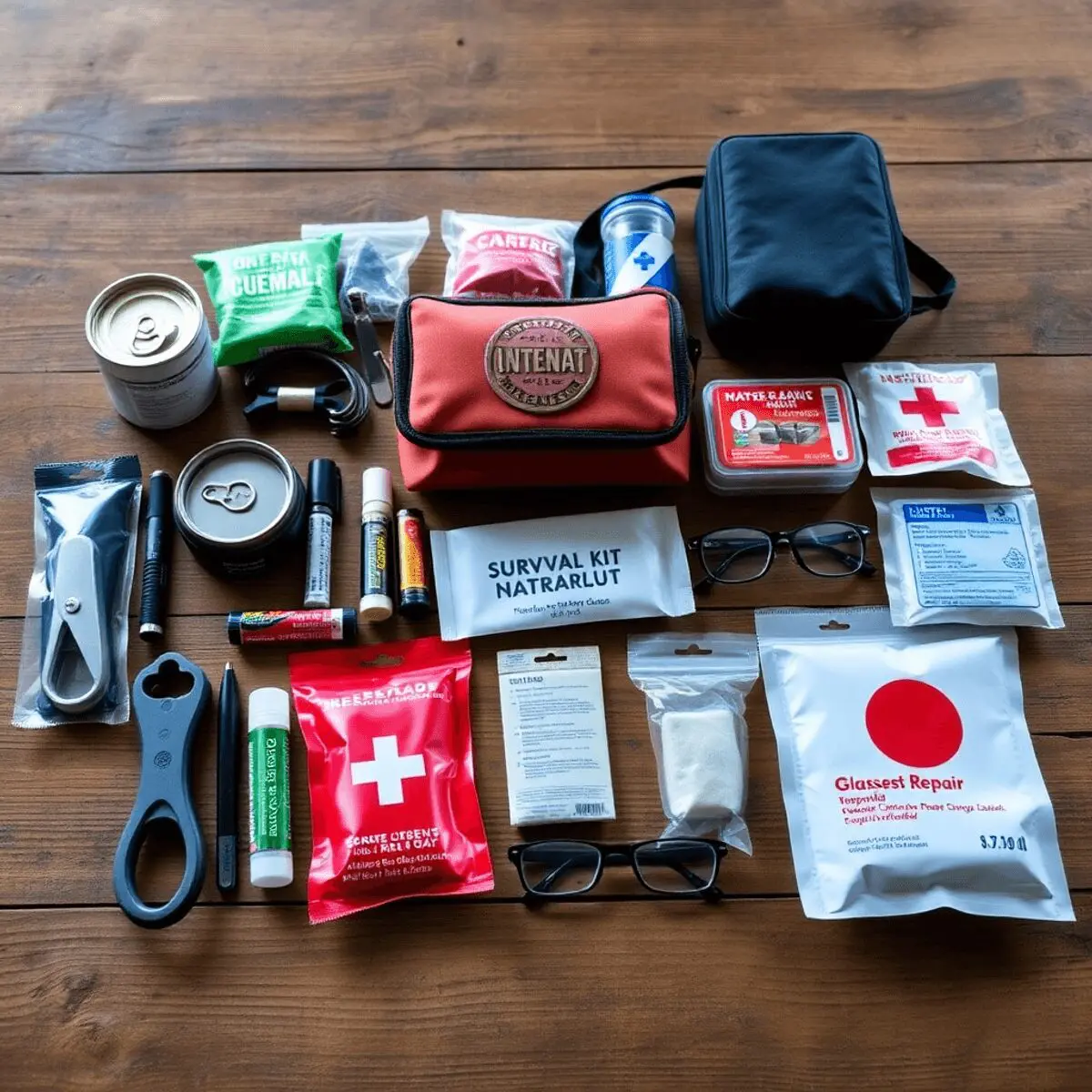Welcome to the Modern Warrior Project, where mastering tactics, preparation, and survival skills are at the forefront of our mission. Today, we’re diving into the critical world of noise discipline. This skill is important for preppers and tactical-minded individuals who need to move quietly and avoid attracting attention in different situations. Understanding and using noise discipline is important for both urban and wilderness survival. It can make the difference between safety and danger. Join us as we explore how to master this crucial survival skill.
Understanding Noise Discipline
Noise Discipline refers to the strategic control of noise levels to prevent detection by potential threats. In situations like hiding in a city, surviving in the wild, or during emergencies when even a small noise can put you in danger, being quiet is extremely important.
Types of noise to control effective noise discipline involves managing various sounds, including:
- Human noises like talking and walking
- Environmental interactions such as stepping on twigs or rustling leaves
- Equipment noise from rattling gear or operational sounds from electronic devices
Tactical Gear Holder Clip MOLLE Webbing Retainer Elastic Binding Ribbon Buckle for Tactical Vests Backpacks Bags or Molle Bags (Grey)
Planning and Preparation
Start by planning your routes and activities to minimize noise exposure. Ensure that all equipment is pre-checked to secure any loose items that might create sound.
Movement Techniques
Employ soft walking techniques such as the heel-to-toe method to reduce footfall noise. Learn how to move silently across different terrains, avoiding actions that might generate undue noise.
Here’s a step-by-step guide to the heel-to-toe method:

- Place your heel on the ground first
- Slowly roll your foot forward onto the ball of your foot.
- Gently transfer your weight to your toes
- Repeat the process with your other foot

“The ability to move silently and manage noise can be life-saving.”
– Modern Warrior Project
Equipment Management
Strategically pack your gear to eliminate telling rattles and clinks. Utilize noise-dampening materials like rubber bands and tape to keep equipment silent, ensuring stealth and security during movements.
Consider these tips for noise-free gear:
- Wrap items in cloth or foam to prevent clanking
- Use tape or rubber bands to secure loose parts
- Choose gear with silent zippers and fasteners
- Opt for soft-sided containers over hard cases
Historical Significance
Noise discipline has consistently proven to be crucial in various tactical situations throughout history. During World War II, the success of many secret missions depended on soldiers’ ability to move quietly behind enemy lines.
These historical examples showcase the importance of noise discipline:
- The OSS (Office of Strategic Services) relied heavily on stealth tactics during their missions
- British SAS (Special Air Service) emphasized silent movement in their operations
- Native American scouts were renowned for their ability to move undetected
12 Gauge Camping Trip Wire Alarm Device, Early Warning Security System for Camping and Property Safety/Bear Deterrent,Camping Safety Trip Alarm
Modern-Day Applications
Noise discipline continues to be a critical factor in both contemporary tactical operations and the daily routines of preppers. During a nighttime evacuation in a dangerous city, it’s important to keep your gear quiet to avoid attracting attention from enemies.
Here are some real-world scenarios where noise discipline is critical:
- Bugging out during a disaster or crisis
- Navigating through a dangerous urban environment
- Hunting or foraging for food in the wilderness
- Conducting reconnaissance or surveillance missions
Practicing Noise Discipline
Regular practice is essential to master noise discipline. Incorporate these drills into your training routine:
- Silent movement drills: Practice moving silently across various terrains and environments.
- Gear checks: Regularly inspect and secure your equipment to eliminate noise sources.
- Communication drills: Work on non-verbal communication techniques with your team or family.
- Situational awareness: Hone your ability to identify potential noise hazards in your surroundings.
Conclusion on Noise Discipline
As we’ve explored today, mastering noise discipline is not just a tactical skill, but a fundamental survival advantage. Whether you’re in the wilderness or an urban environment, the ability to move silently and manage noise can be life-saving.
We encourage all viewers to practice these techniques regularly to enhance your stealth abilities. Remember, in a world where danger lurks around every corner, silence is your greatest ally.
For more insights into tactical and survival skills, make sure to subscribe and follow the Modern Warrior Project. Stay prepared, stay silent, and stay safe.































